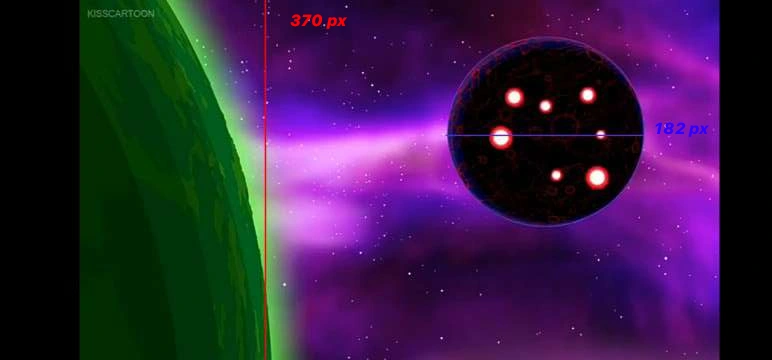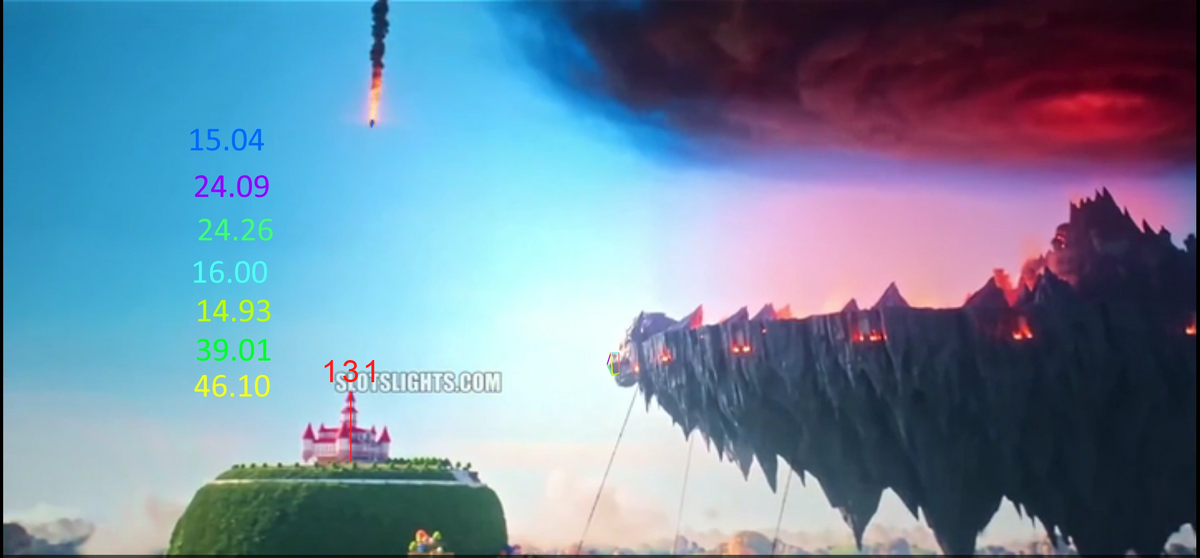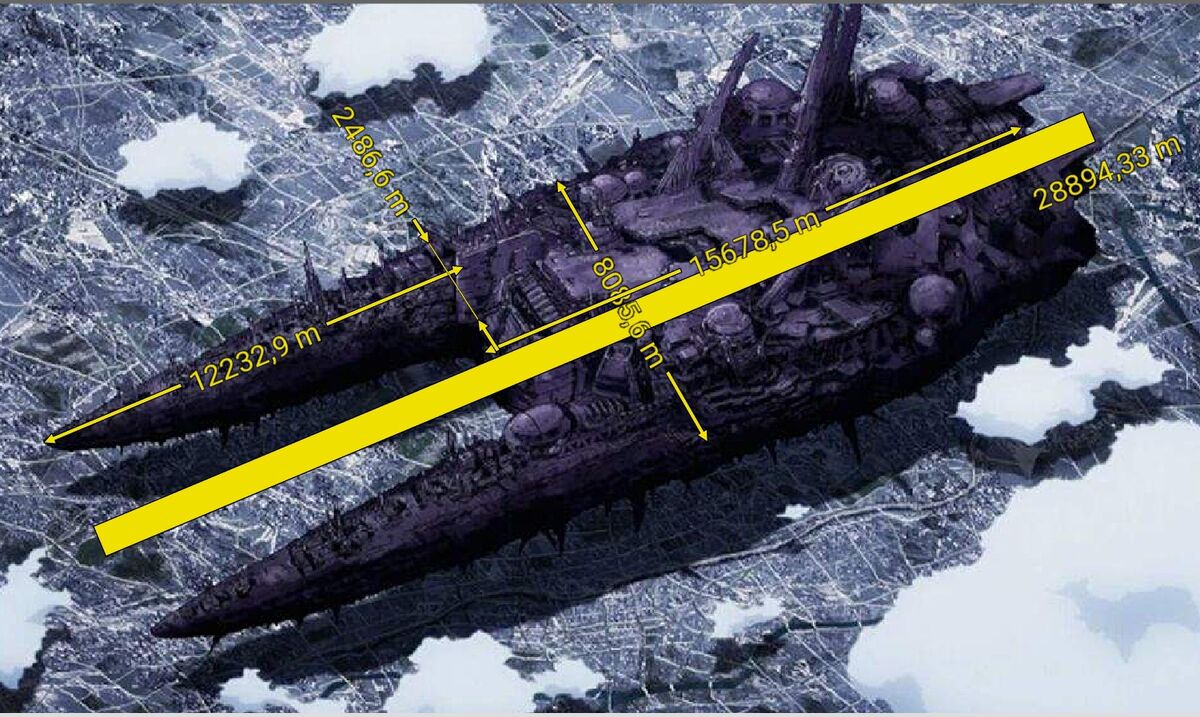Hello, can you evaluate this calc of mine? It mostly same as previous version but only differs in me using our moon size due to inconsistency of size in different shots in the episode as well as authors stated sizes being contrary to pixel scaled sizes.

 vsbattles.fandom.com
vsbattles.fandom.com








